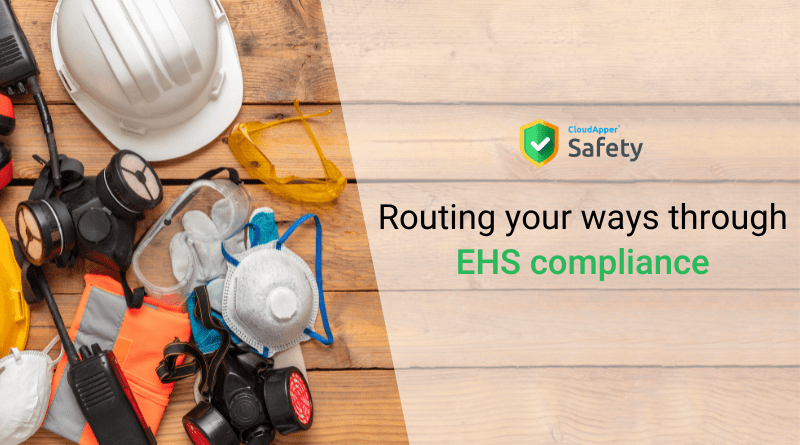Environmental Health and Safety (EHS) compliance is not only about conducting work in office – most of the time, field work is essential. For EHS professionals, keeping up with dual obligations seems tiresome and equally challenging.
How are they going to keep up?
As health and safety professionals, though they might have a vast range of health and safety programs that spans across multiple divisions, locations and work functions across hundreds, if not thousands, of employees, to deploy most effective health and safety programs, tailoring the requirements to the situation and needs of each employee enables everyone to shrink the global requirements in a “just in time” and “just as needed” scenarios.
Through the spate of developments in engineering and technology, organizations and industries seem largely mechanized and automated, with their enabling of mass production and manufacturing on a super scale.
Most of these organizations and industries experience that environment health and safety based demands and necessities can become challenging in nature, if active monitoring, review and follow-up initiatives are not in place.
Modern day organizations spread all over the world have to function in accordance with the stipulated regulations and laws made by their governments. They also have to fulfill compliance based criteria, in order to display that they are safe to function. This twin criteria of regulations and compliances can take different shapes and forms based on the sphere of activity pertaining to the organization combining the relevant laws of the land.
The often used method of maintaining, applying for approval, procuring no-objection certificates or similar approvals has been used for recordkeeping of such activities via documents and tabulated sheets.
The challenge with such methods is that an active vigilance and monitoring of set goals, is difficult to be maintained. Neither can the EHS team within an organization, actively update the renewal of licenses or permissions sought from the relevant authorities to allow the organization to function smoothly. For setting up functional EHS compliance, proactive systems would be required that can be on top of the regulations, legislations and compliances that need to be maintained.
A software approach for register of regulations can deliver the functional EHS compliance that organizations are aiming for, as it can:
- Keep a track of organizational measures and technical provisions that are required for sustained compliant operations
- Track and maintain status on licenses, permissions and legislations that are required for as part of operations and are renewed, periodically
- Send alerts and notifications against any renewals of a particular license through clever “self-moderated” ‘Rule Engines’
Using software for ‘register of regulations’ can, not only introduce quicker response times to the erstwhile lagging paper records and manual checking but also allow for faster deployment to mitigate non-conformities and maintain compliance.
It also allows the EHS team and corporate teams to consistently monitor and act upon the state of compliance in real-time that can become a great enabler for organizations spread over multiple sites. The impact of stipulated compliances and regulations is that it becomes a binding way to ensure that the state of operations in its entirety, even the additions made to processes and facilities later, are held accountable at all times.
Therefore having a digitalized approach through software to maintain a register of regulations makes so much sense instead of relying on paper based recordkeeping. Furthermore, the inherent quality of software, if it can be customized as per the need of the user, can fit the bill nicely.
With EHS departments often having overarching EHS policies to govern corporation’s approach to EHS and sustainability generally, EHS compliance becomes effectively essential as it has appropriately become the fabric of many companies’ approach to sustainability, along with corporate responsibilities.
Undoubtedly, EHS is dynamic. With an abundance of regulatory developments coming out each year, EHS professionals need to stay up-to-date on the changes that more or less, affect their job duties, with their company’s EHS performance. EHS becomes important, because there is a global awareness of the need to reduce the corporate environmental footprint, a sensitivity to workers’ rights and an emphasis on healthful work environments.



















